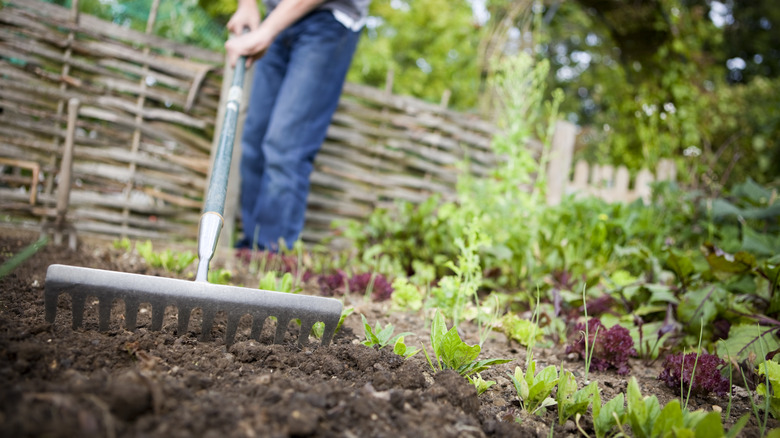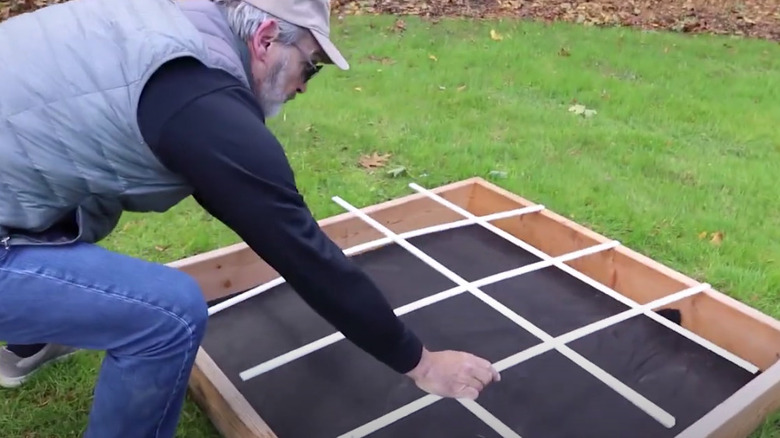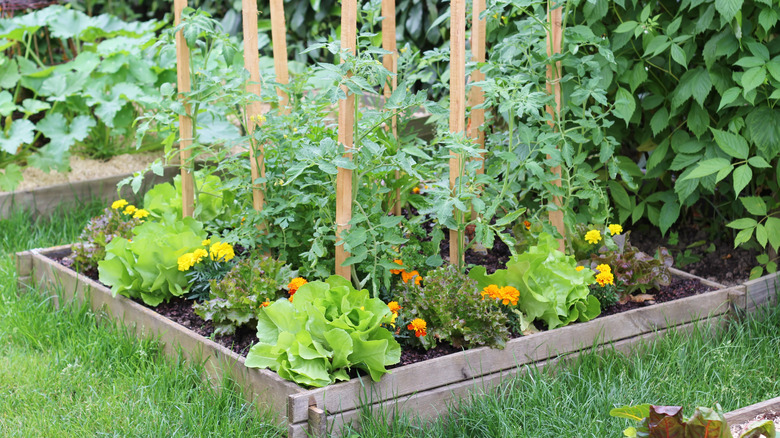How Square-Foot Gardening Can Help Keep Your Plants Flourishing
Careful planning and purposeful placement of plants in a garden are essential for optimal growth, aesthetics, and ecological balance. Gardeners should consider factors such as sunlight exposure, soil quality, and water availability, ensuring each plant thrives in its specific environment while also enhancing the visual appeal of the space. Moreover, planning for varying heights, textures, and colors can contribute to a dynamic and pleasing arrangement, supporting biodiversity, attracting beneficial insects and pollinators, and deterring pests. This way of gardening fosters a flourishing, sustainable garden that reflects both aesthetic beauty and ecological functionality. If you're considering starting your own garden, you ought to consider the renowned square-foot gardening approach.
Square-foot gardening is a gardening method that maximizes space and efficiency by dividing a growing area into small, manageable squares. Developed by Mel Bartholomew, this technique involves creating raised beds or grids, typically measuring one square foot each, and intensively planting different crops within these clearly defined spaces. The garden is organized based on the specific space requirements of each plant, optimizing the use of resources like water, soil, and sunlight. In fact, the Square Foot Gardening Foundation finds that its method "is estimated to cost 50% less, uses 20% less space, 10% of the water, and only 2% of the work compared to single row gardening." This approach minimizes waste and simplifies maintenance, making gardening accessible to beginners and those with limited space.
How to set up square-foot gardening
Building a square-foot garden from scratch involves careful planning and the creation of organized, raised beds. Construct raised beds from materials like wood or cinder blocks, making each bed a square of 4 feet by 4 feet. The height of the beds depends on personal preference but is often around 6 to 12 inches. Within each 4x4 bed, divide the space into 1-foot squares using string or twine. This creates a grid, and each square represents a planting area. Fill the raised beds with a nutrient-rich, well-draining soil mix. Square-foot gardening often involves a mix of compost, vermiculite, and peat moss in equal parts, known as Mel's Mix.
Plan the arrangement of plants based on their space requirements. Larger plants like tomatoes may occupy a whole square, while smaller ones like lettuce can be planted in multiples within a square. Take advantage of companion planting principles by placing mutually beneficial plants next to each other to enhance growth, repel pests, and maximize the use of space. Moreover, install trellises, cages, or other support structures for climbing plants like peas or beans. Mulch the soil surface to conserve moisture and suppress weeds. Watering is often more efficient in square-foot gardening, as the defined squares prevent water wastage. Monitor the garden regularly for pests, diseases, and nutrient needs. Finally, rotate crops annually to maintain soil health in your garden.
How to know if square-foot gardening is right for you
Square-foot gardening is an excellent choice when space is limited or when gardening in urban environments with constrained areas. It proves especially beneficial for individuals with small yards, patios, or balconies, allowing them to maximize cultivation in a confined space. The method is also suitable for beginners, as the organized grid system simplifies planting and maintenance. Moreover, square-foot gardening is advantageous in regions with poor or contaminated soil, as it enables the use of custom soil mixes that promote optimal plant growth. However, it may not be the best choice for those with extensive gardening space, as the method's intensive planting may lead to overproduction for larger areas.
When planning your square-foot garden, it's important to consider which plants can actually succeed within this setup. Certain plants thrive in square-foot gardening due to the method's organized and space-efficient design. Vegetables like lettuce, carrots, radishes, and herbs are well-suited for this approach, as they can be densely planted in individual squares. Compact and bush-type varieties of tomatoes, peppers, and eggplants are also suitable, as they can be accommodated within the defined spaces. On the other hand, large, sprawling crops such as pumpkins, watermelons, or corn may not be ideal for square-foot gardening, as their expansive growth may overcrowd the designated squares and hinder the success of neighboring plants. In this way, understanding the spatial requirements and growth habits of different crops is essential for effective square-foot gardening.


